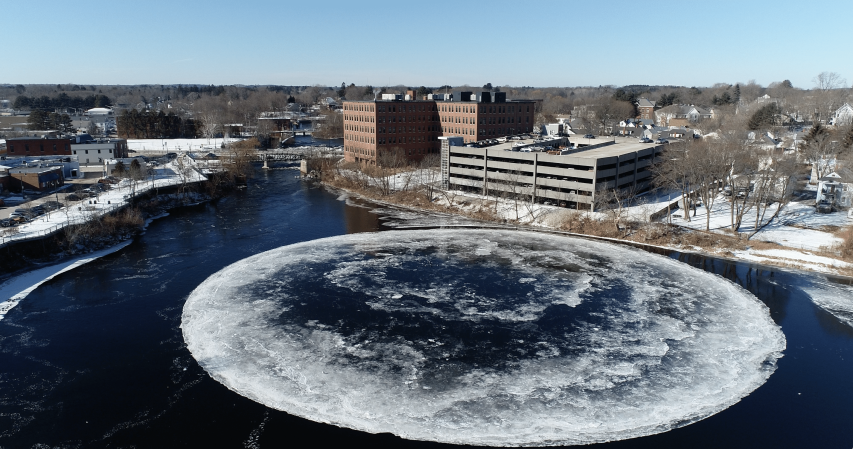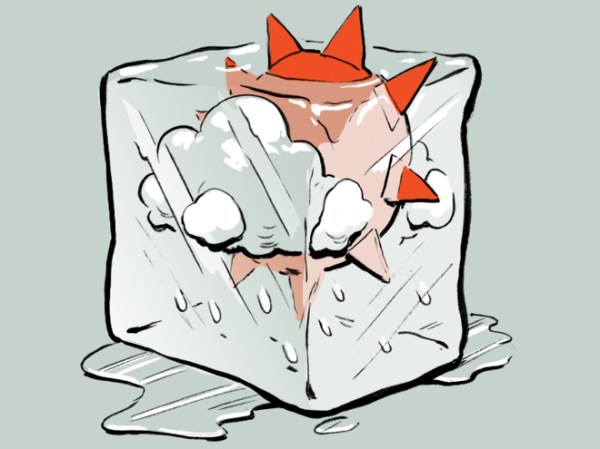

Good ol’ water has unusual properties that, given its ubiquity, may be easy to take for granted. Unlike most other liquids, water expands as it cools to temperatures below 4°C, so near-freezing water rises above warmer water, opposing the common fluid dynamics concept that explains the familiar observation “hot air rises.” These eddy patterns can carve various shapes in melting ice. The upshot, as a team of New York University researchers reported in Physical Review Letters, is that ice columns can melt into distinct shapes underwater, depending on the temperature of the water the ice is submerged in.

Research led by physicist and mathematician Leif Ristroph looked at how vertical cylinders of ice melt in water baths between 2°C to 10°C. Below 4°C, the ice whittled into a pointy and smooth hanging tooth structure—slightly warmer water settled to the bottom of the water bath, accelerating melting lower down the ice compared to upper parts of the structure.
At temperatures of 7°C or higher, the geometry flipped: This time, a spire appeared instead, due to warmer water rising and hastening melting higher up the ice.
Intermediate water temperatures between 4°C and 7°C gave rise to more complicated shapes. Pockets of warmer water and only marginally colder liquid created complex flow patterns, such as a vertical column of vortices near the surface of the ice. As a result, imprinted on the ice were rolling crests and troughs.
[Related: Less ice in the Arctic could mean more wildfires in the US]
The research not only sheds light on the intricacies of the melting process, but also allows scientists to infer an ice block’s environmental conditions simply by taking stock of its shape. In the larger context of climate change, the research might help inform how soaring temperatures affect natural ice formations. As icebergs and glaciers shed meltwater, the icy structures they leave behind may encode information on its environment, hinting at their surrounding temperatures that are in turn dictated by the rising influences of a warming world.
















